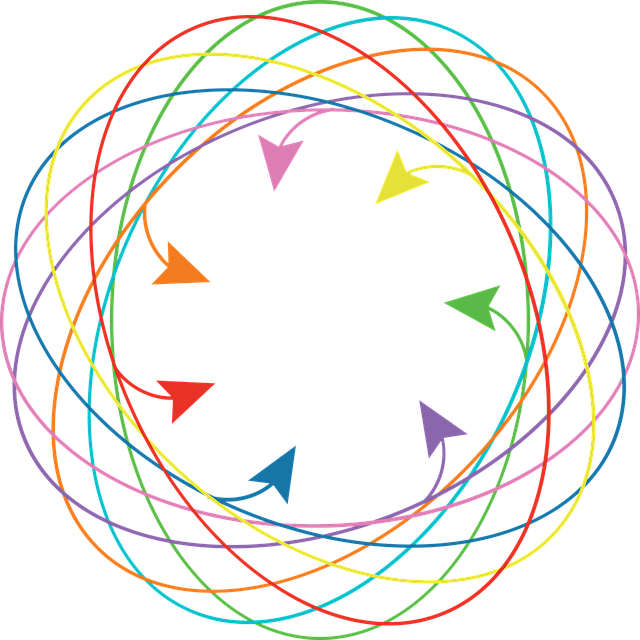
A meshy data fabric is a type of data architecture that uses a data catalog to provide structure and organization to data that is spread across multiple systems.
A meshy data fabric is an excellent choice for organizations that have a lot of data spread across different silos, or for those who want to give their users more flexibility in how they access and use data. A data catalog can help provide a single point of access to all of an organization’s data, making it easier for users to find the data they need. Additionally, a data catalog can help ensure that only authorized users have access to sensitive information.
There are many benefits to using a meshy data fabric with a data catalog, including:
Improved security:
By using a data catalog, organizations can control who has access to which data sets. This can help to prevent unauthorized access to sensitive information. You can check RemoteDBA for more information.
Greater flexibility:
A meshy data fabric with a data catalog provides users with more flexibility in how they access and use data. Users can easily find the data they need, and they can use the data in ways that best meet their needs.
Improved efficiency:
A data catalog can help users find the data they need more quickly and easily. Additionally, a meshy data fabric can help reduce the amount of time needed to develop and maintain integrations between different systems.
Improved decision making:
A meshy data fabric with a data catalog can help organizations make better decisions by providing users with easy access to the data they need.
There are a few things to keep in mind when building a meshy data fabric with a data catalog:
1. Make sure that your data is well organized.
A data catalog can help provide structure and organization to your data, but it is important to make sure that your data is well organized before you start using one. Otherwise, you may find that your data catalog is difficult to use and maintain.
2. Your data catalog should be easily accessible.
Your data catalog should be easy for users to find and use. Otherwise, they will not be able to take full advantage of its benefits.
3. Make sure that your data catalog is well-maintained.
It is important to keep your data catalog up-to-date so that users can always find the most recent data. Additionally, you should periodically review your data catalog to ensure that it is accurate and complete.
Building a meshy data fabric with a data catalog can be an excellent way to improve the security, flexibility, and efficiency of your organization’s data architecture. However, it is important to keep in mind a few things when you are planning and designing your meshy data fabric. By following these tips, you can ensure that your meshy data fabric is easy to use and maintain.
FAQs:
1. What is a meshy data fabric?
A meshy data fabric is a type of data architecture that uses a data catalog to provide structure and organization to data that is spread across multiple systems.
2. What are the benefits of using a meshy data fabric with a data catalog?
There are many benefits to using a meshy data fabric with a data catalog, including improved security, greater flexibility, improved efficiency, and improved decision making.
3. What are some things to keep in mind when building a meshy data fabric with a data catalog?
Some things to keep in mind when building a meshy data fabric with a data catalog includes making sure that your data is well organized, your data catalog is easily accessible, and your data catalog is well-maintained.
4. How can I learn more about meshy data fabrics?
If you want to learn more about meshy data fabrics, you can search for resources online or contact a data architecture consultant.
The “information material” wars proceed! In our most memorable blog in this series, we characterize the terms information texture and information network. The subsequent blog brought a more profound plunge into information texture, looking at its vital support points and the job of the information list in each. In this blog, we’ll do likewise with information network, unloading the four key points of support, with a couple of notes on the job of the information inventory.
While information texture takes an item and-tech-driven approach, information network takes a totally alternate point of view. Information network upsets the normal model of having an incorporated group, (for example, an information designing group), who oversee and change information for more extensive utilization. Rather than this normal, unified approach, an information network design calls for liabilities to be circulated to individuals nearest to the information. Zhamak Dehghani of Thoughtworks characterized information network in 2019, binds it to area driven plan and calling upon information clients to “embrace the truth of at any point present, universal and dispersed nature of information.”
Conclusion:
A meshy data fabric with a data catalog can be an excellent way to improve the security, flexibility, and efficiency of your organization’s data architecture. However, it is important to keep in mind a few things when you are planning and designing your meshy data fabric. By following these tips, you can ensure that your meshy data fabric is easy to use and maintain.